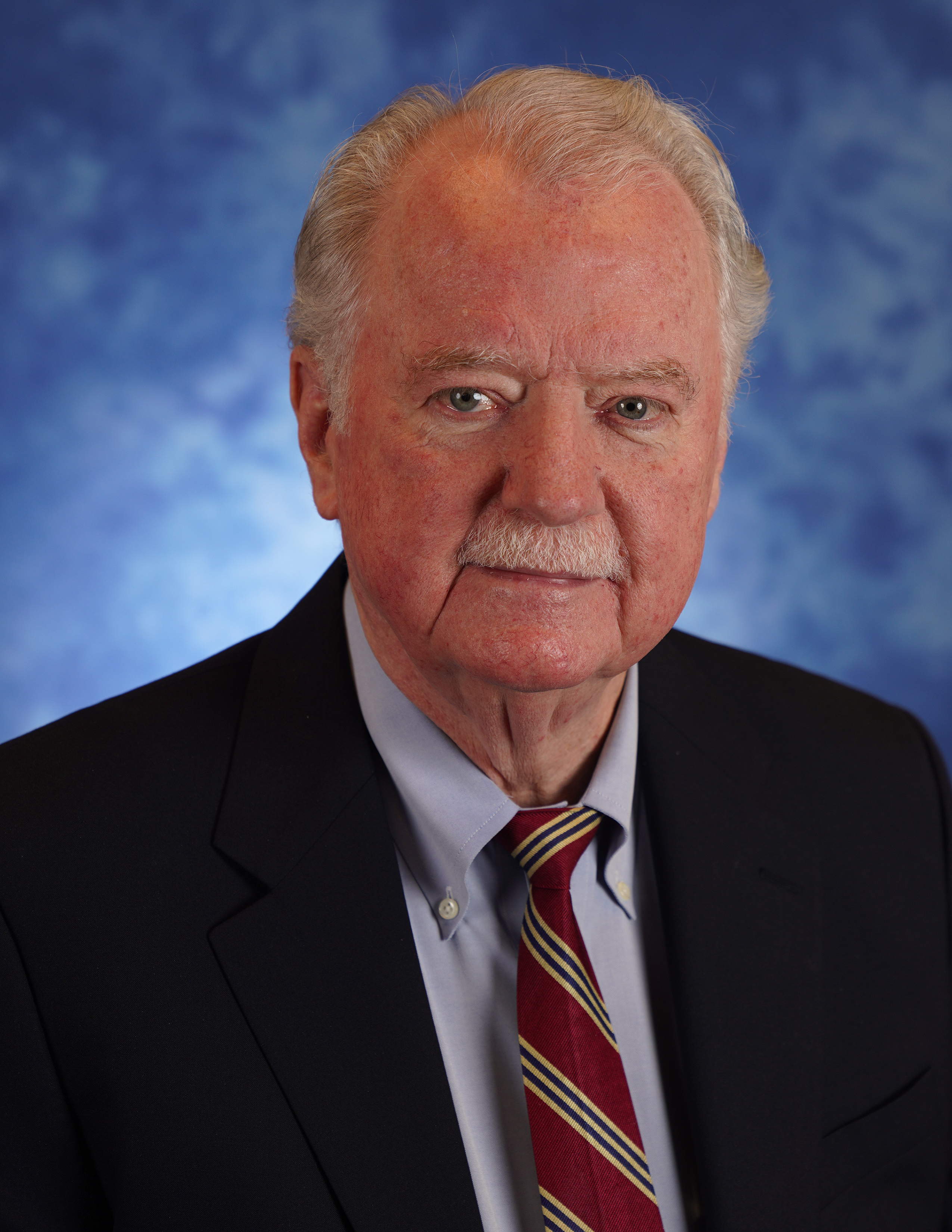Substance Use and Related Disorders
(168) Genetic Approaches To Understanding Immunosuppressant-Induced Inhibition Of Binge Alcohol Drinking

Thomas Beresford, MD, FACLP, DLFAPA
Professor
U Colorado
Aurora, Colorado
Patrick Ronan, PhD
Research Scientist, Department of Veterans Affairs
Associate Professor, University of South Dakota Sanford School of Medicine
Sioux Falls, South Dakota
Co-Author(s)
Poster Presenter(s)
Background/Significance: Our group is the first to have noticed that the calcineurin-mediated (CN) immunosuppressant cyclosporine A (CsA), commonly used in human post-transplant care, inhibits binge alcohol drinking in mice. As CsA can produce systemic toxic effects, we wish to determine proximal mechanisms by which CsA affects CN in order to develop effective treatments for human alcohol use disorder (AUD) with fewer side effects. In this work, we employ genomic, molecular, transcriptomic, metabolomic, anatomic, and behavioral approaches to explore the relationship between binge alcohol drinking and CN mediated immunosuppressants in both signaling and neuroinflammatory suppression. Calcineurin is a ubiquitous phosphatase in brain that is involved in a wide range of signaling pathways both in neurons and glia.
Methods: One major question is whether CsA acts through neuronal signaling pathways that regulate reward and stress/anxiety pathways, or in glia, mediating neuroinflammatory effects. To address this, we have developed multiple transgenic models using a floxed calcineurin line (C57BL/6-Ppp3r1tm1Stl/J) crossed with various Cre driver lines to knockout CN in various neuronal or glial populations. Here we report results for both conditional calmodulin kinase II (CamKIIα) neuronal CN knockout (CamKIIα-Cre) and conditional corticotropin releasing factor (CRF) neuronal CN knockout line (CRF-Cre, or CRH-Cre). CRF plays a key role in driving drinking behaviors and CN has a direct effect on CRF transcription and signaling.
Results: We characterized the effects of the CN knockout alone on binge-like drinking using a mouse Drinking in the Dark (DID) model of limited ethanol access. Knockout of CN in CRF neurons had no effect on alcohol consumption in either a chronic or acute DID model. Furthermore, CsA was still highly effective in inhibiting ethanol consumption. These and molecular data are converging to suggest that immunosuppressants are acting through glial mediated neuroinflammatory mechanisms to reduce binge-like alcohol consumption in mice.
1) The immunosuppressant CsA robustly inhibits ethanol consumption in rodents.
2) Conditional pan-brain knockout of CN in CamKIIα expressing neurons has NO EFFECT on:
--Ethanol consumption in a chronic binge drinking model,
--CsA induced inhibition of ethanol consumption in a drinking in the dark (DID) model,
--Cytokines such as IL-2, IL-1β, IL-6, TNFα,
--Markers of glial activation: CD45 and Iba-1,
--Chemokine and chemoattractant molecules such as CCR2 and CCL2,
--Other inflammatory signaling molecules such as COX-2.
--CSA inhibited the expression of a wide range of stress-induced neuroinflammatory markers in the central nucleus of the amygdala (CeA) and paraventricular nucleei (PVN).
3) Some of the largest effects were seen on IL-1β and IL-6 expression in both CeA and PVN and CD45 in PVN.
4) Together with results demonstrating effects of CsA on neuroimmune signaling, these results suggest that CsA may be exerting its effects through glial CN.
5) These findings suggest potential treatment targets for both AUD and PTSD in humans.
.
References
Beresford T et al (2012), Immunophyllin ligands show differential effects on alcohol self-administration in C57BL mice. J Pharmacol Exp Ther 341:611-616.
Ronan, P.J. (2019) Calcineurin signaling as a target for the treatment of alcohol abuse. Prog Mol Biol TranslSci. 167:125-42
Presentation Eligibility: Not previously published or presented in this form.
Diversity, Equity, and Inclusion: This present the results of our rodents studies on a topic germane to CL psychiatry. There is no direct application to human diversity, equity, and inclusion from these studies.

